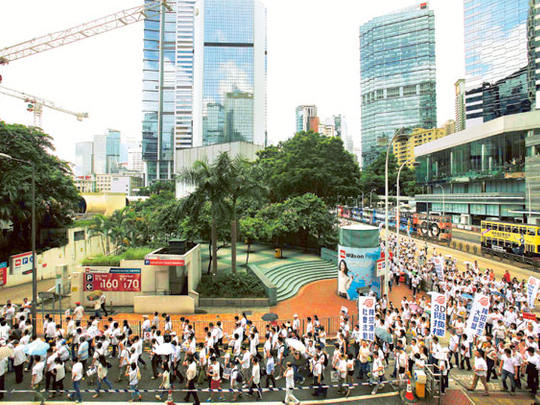
Dubai: Asia offers many interesting investment opportunities currently within the property sector, however, one needs to be careful and particular about where they invest, especially foreign investors. Within Asia-Pacific markets, Hong Kong and Singapore had dominated on the property investment front in years gone by, but now investors are looking for the next growth market, within Asia.
Indonesia is home to the world’s fourth largest population with current numbers in excess of 250 million people. With unemployment levels low and with ever growing middle- and affluent classes, Jakarta is looking very favourable as a property investment market within Asia. By 2020 the ‘middle’ and ‘affluent’ classes are set to double to 141 million people which will continue to drive domestic property sales and transaction numbers as well as increase property values as young professionals who historically lived with parents now look to buy their first homes.
Mackay in Queensland, Australia, also offers a strong investment case. With their local population growing at almost 50 per cent over the country average and with the ever expanding mining and exports sectors driving job creation, Mackay is currently offering strong investment opportunities for the mid-term investor, offering strong rental yields as well as sustainable capital upside.
Workers in Mackay currently earn (on average) 27 per cent more than the average wage of Australia making Mackay an attractive workplace. As people flock to Mackay, the housing demand increases. With low vacancy levels and demand outweighing supply, Mackay is a property hot spot not to be overlooked.
In recent months we have seen the yen come off a little as Japan looks to drive foreign investment from other countries and other markets, in the efforts to increase domestic liquidity. This has resulted in Japan becoming very favourable with both institutional and private investors due to the yen being over 20 per cent cheaper than it was 12 months back.
Due to the lower Yen and renewed foreign investor confidence, we are now seeing more opportunities within the commercial sectors, especially office space investment. With office space set to appreciate over 10 per cent within the next 18 months, I am sure we will continue to see more foreign money being invested into Tokyo, driving the real estate sector.
Markets within Asia that people should be more wary of are Hanoi and Seoul. Hanoi’s residential sector fell 13 per cent in Q2-2013 against the same period in 2012. The secondary market sales on villas are down 20 per cent year on year for the same period and with the cost of finance currently running at between 10-15 per cent, Hanoi is a market to be wary of until the domestic and foreign demand improves.
Seoul is currently going through an oversupply phase, with more stock coming into the market, outweighing current demand. With GDP stats down and with the property sector retracting almost 10 per cent over the last two years, Seoul should remain a watching brief for the next few years.
— The writer is the director and head of Middle East at IP Global, a property investment company.











